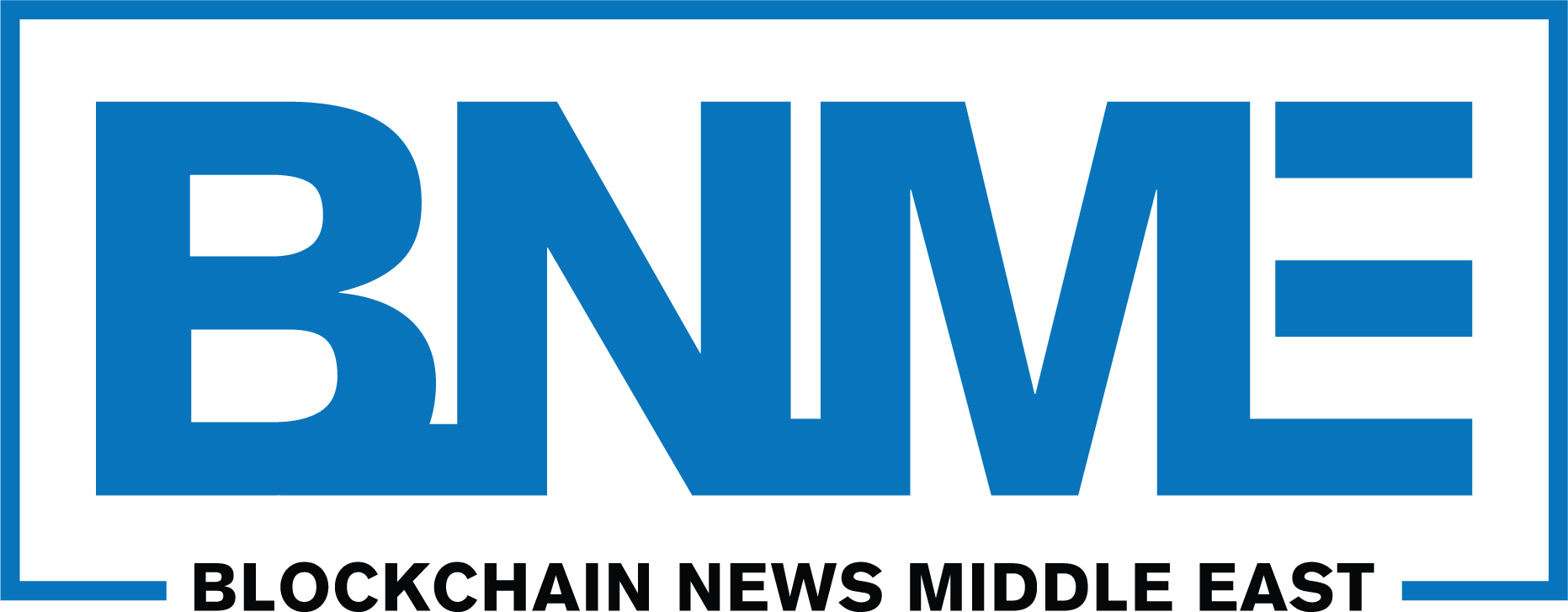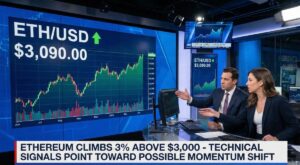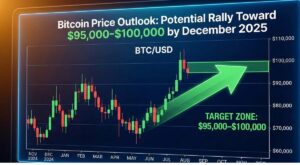A new wave of protectionist trade policy is sending shockwaves through the U.S. steel market — and Shep Hickey, CEO of digital metals marketplace Bryzos, says American businesses should brace for a prolonged squeeze.
The Trump administration has reimposed Section 232 tariffs, hitting steel imports with a 25% duty, removing country-specific exemptions, and tightening the definition of “duty-free” by enforcing a strict “melted and poured” rule. The move, aimed at reshaping global trade dynamics and bolstering domestic manufacturing, has left little room for maneuver.
“Trump is getting serious about this,” Hickey told PYMNTS’ Karen Webster. “He’s trying to reset the playing field and rev the domestic manufacturing engine into higher gear.”
Hickey likens the approach to an “anaconda plan” — slowly tightening the noose on every conceivable entry point for foreign steel.
Import Loopholes Slammed Shut
During Trump’s first term, companies often circumvented tariffs by importing unfinished products or routing materials through third-party countries like Canada. That strategy, Hickey says, is no longer viable.
“It was a bit of a charade,” he said. “Businesses would bring in unfinished goods, complete them elsewhere, and sidestep tariffs. Now, nearly every route is closed — everybody has a tariff.”
But while the policy aims to reboot American steel production, it has created a near-term supply crunch — and with it, rising prices.
Margins Under Pressure
The shortage is already inflating prices, driven not only by mills charging more but by distributors anticipating higher replacement costs.
“We’re seeing prices go up because businesses are conserving inventory,” said Hickey. “The easiest way to do that is to raise prices — or stop selling altogether.”
And while past prices mattered less, today’s decisions are driven by future costs. “It’s not what you paid for your inventory — it’s what it’ll cost you to replace it,” he added.
Some market players are stockpiling metal to hedge against further hikes, a strategy that mirrors broader anxieties in the sector.
Manufacturing Faces a Time Lag
The ultimate goal — reinvigorating U.S. steel manufacturing — is ambitious. But the reality, Hickey warns, is that ramping up domestic capacity is a slow grind.
“You can’t just water the lawn and expect a steel mill to sprout overnight,” he said. “Permitting alone can take longer than construction.”
For businesses at the tail end of the supply chain, the current environment is particularly punishing. Hickey recalls the first round of tariffs, when final sellers were left holding the bag — locked into pricing while their costs soared.
Digital Adaptation and Long-Term Vision
Despite the disruption, Hickey remains cautiously optimistic. Market players are adapting, and innovation is helping bridge the gaps.
“People are clever,” he said. “Engineers are already being told to redesign with new materials. There’s always a railing that needs fixing, and the people who make them will find a way.”
Hickey also believes the administration’s trade strategy may evolve into something more targeted over time. But he stresses that lasting change requires more than a single term in office.
“You don’t fix 80 years of imbalance in four years,” he said. “My concern is what happens in 2028. If this gets rolled back, all you’ve done is inflicted pain without lasting gain.”
He leaves open a larger question — one that may redefine how Americans perceive value in raw materials.
“Maybe we’ve been underpaying for steel all along,” Hickey suggested. “We don’t know how much countries like China are subsidizing their production. Maybe this is the real market price.”




























